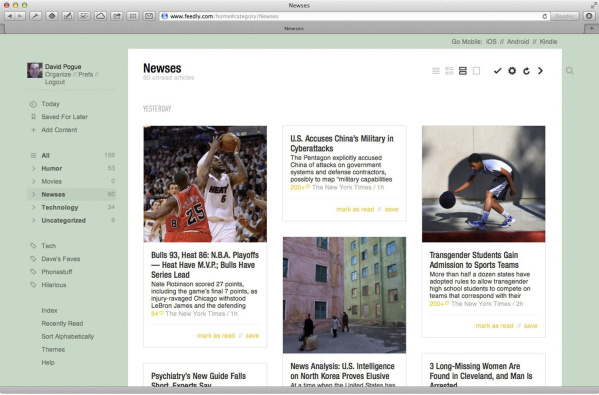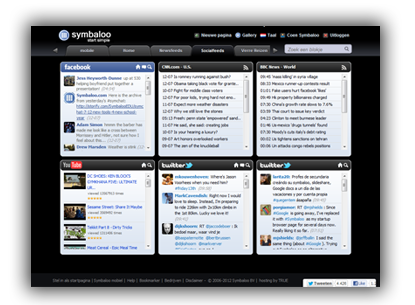Options for Students
KidBlog is a blogging tool designed to be a safe option for students. It's much more private than many blogging tools and can't be accessed through an RSS reader. KidBlog's site is very user-friendly and their blog templates make creating an attractive blog easy. Login with your google account and create a class so students can enroll. Check out this quick video overview if you are interested in learning more about KidBlog.
If you are a BlackBoard user, there's also a blogging feature available in the Interactive Tools. Like KidBlog, these can't be accessed through an RSS reader. In fact, they are only available to your assigned BlackBoard users. This makes it a great place to start if your students are beginning bloggers or if you just want a more private environment. BlackBoard does not include templates or design, so it's also a good place to start if you want the students to focus on the writing without focusing on appearance. Click HERE for a video tutorial.
Options for Teachers and Students
Blogger is available through your school google account and is a great way to reach a wider audience. This LPS Connects site is an example of Blogger! A variety of templates are available and the final products are professional and attractive. Blogger can be accessed through RSS readers, which helps you build a following.
Click HERE for a video to get you started.
If you decide to blog, be sure to share your posts with us at #lpsconnects. Now get your blog on!
Click HERE for a video to get you started.
If you decide to blog, be sure to share your posts with us at #lpsconnects. Now get your blog on!






